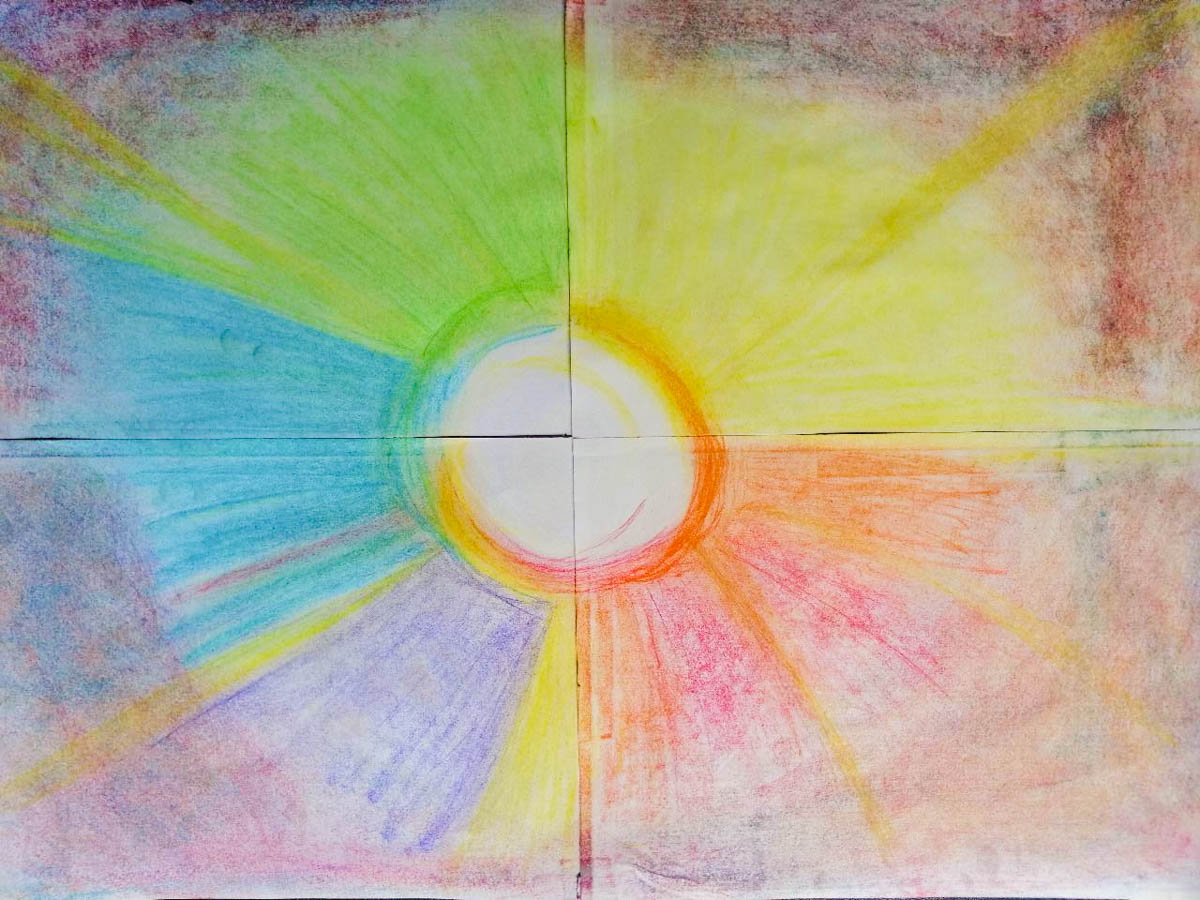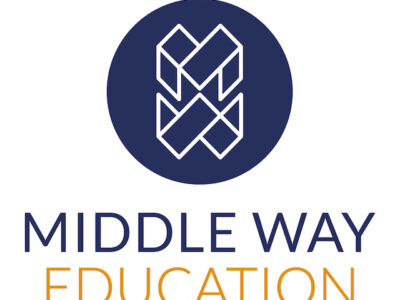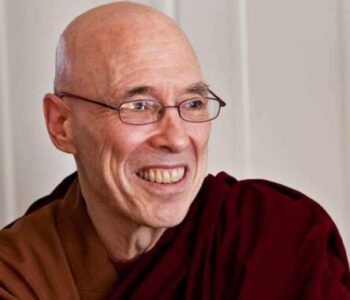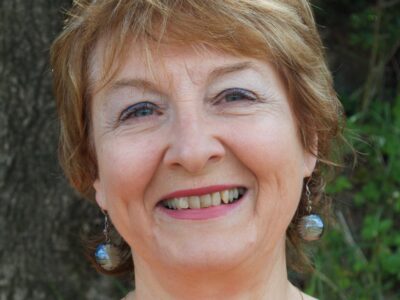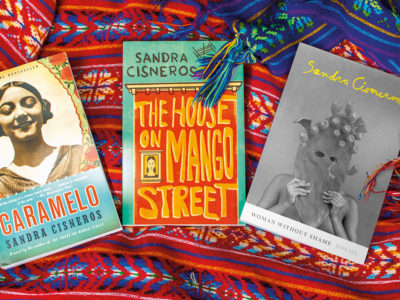My Experience with Abiding Heart Education’s Child Development Course
About This Resource
Details
This summer I had the opportunity to attend an online course offered by Abiding Heart Education, an international teacher training centre based in Nepal, under the guidance of Ven. Mingyur Rinpoche. The course, Child Development from Birth to Rebirth, took me on a journey of self-discovery and inquiry, through lectures on Buddhism, developmental science, meditation and medicine, arts and dance.
The course was structured in seven modules, offered online for the first time, comprised of lectures, discussions, group work and arts, and exploring the physical, socio-emotional and cognitive development of a human being from birth all the way through the bardos of death and rebirth.
For 3.5 hours a day, we would sit together in a diverse group of people, completely overcoming the lack of physical proximity, and together fully immersed into the theme of the day. The course was beautifully, thoughtfully structured and transitioned logically from one subject into the next. An introduction into Buddhist philosophy and psychology was the underlying frame, the basket in which everything else would fit. The Buddhist perspective was interwoven with in-depth presentations on the more Western view of developmental science, as well as Steinerian teachings on the human nature. These three streams were present in various degrees as we went through the development of the human being by age group (birth to 7; 7 to 14; 14 to 21; 21 to old age). The importance of play, the role of trauma, Tibetan medicine, the power of meditation and visualisation, experiencing the teachings through arts, crafts and dance – these were all additional elements, giving further depth and creating a holistic environment where everything was interdependent, playing into each other. An array of brilliant speakers joined us along the way, including Mingyur Rinpoche, Tsoknyi Rinpoche, Richard Davidson and Matthieu Ricard.
✦
In addition to the pure content of the course, I am sure that each one of us also had a unique personal experience. I was thankful this course was not beating about the bush. It was a powerful introduction into an important topic. It was unabashedly based in the Buddhist teachings; it was demanding and it was sincere in its effort to bring different disciplines together and explore synergies and ways these could work together in education.
But what really spoke to me was the simple practice of turning the mirror towards myself. Yes, the course was on child development but this was meaningfully and powerfully done through the lens of self-reflection. We are all social beings and, especially in the early years of our lives, we define ourselves through our interactions and relations to others. Being a responsible caregiver to children requires being aware of one’s own obstacles and striving to progress towards a healthy self, which abides in wisdom and compassion. From such a point of awareness, the care for the child could begin.
It is a precious teaching – trying to surpass the craving for instant theories, instant results and practices, and instead go back to the source of one’s own self. A practice of uniting knowledge with intuition, theories with meditation, the way we see ourselves with the way we see others.
I hope that one day courses like this will be the standard in teacher training. Such powerful tools of self-inquiry are needed in order to transform the way we approach education, both at home and at school, into a holistic tool equally developing the hearts and minds of children.
✦
A poem which was often read to us before class and which captures a very important essence is the one shared below. To me it exemplifies the warmth, beauty and power of education, which can allow us all to travel without ever leaving our seats, to use our imagination and rest with our true nature. It shows that education bridges gaps and generations; it doesn’t have to recognize physical limitations or end after a certain age.
To me, this poem is also about the beauty of simplicity and how childhood play doesn’t need much at all in order to be experienced to its fullest. This reminded me very strongly of observing my ex-students in the Maratika Monastery of Nepal, who would find absolute joy in playing with simple objects like launching air balloons made out of plastic bags, sliding down stairs on wooden planks, or playing a highly sophisticated game of catch and throw with a little ball made out of rags.
One, Two, Three
By Henry Cuyler Bunner
It was an old, old, old, old lady
And a boy that was half-past three,
And the way that they played together
Was beautiful to see.
She couldn’t go romping and jumping,
And the boy, no more could he;
For he was a thin little fellow,
With a thin little twisted knee.
They sat in the yellow sunlight,
Out under the maple tree,
And the game that they played I’ll tell you,
Just as it was told to me.
It was hide-and-go-seek they were playing,
Though you’d never have known it to be—
With an old, old, old, old lady
And a boy with a twisted knee.
The boy would bend his face down
On his little sound right knee,
And he guessed where she was hiding
In guesses One, Two, Three.
“You are in the china closet!”
He would cry, and laugh with glee—
It wasn’t the china closet,
But he still has Two and Three.
“You are up in papa’s big bedroom,
In the chest with the queer old key,”
And she said: “You are warm and warmer;
But you are not quite right, “said she.
“It can’t be the little cupboard
Where mama’s things used to be—
So it must be in the clothes press, Gran’ma,”
And he found her with his Three.
Then she covered her face with her fingers,
That were wrinkled and white and wee,
And she guessed where the boy was hiding,
With a One and a Two and a Three.
And they never had stirred from their places
Right under the maple tree—
This old, old, old, old lady
And the boy with the lame little knee—
This dear, dear, dear old lady
And the boy who was half-past three.

